The wind load on structures is primarily determined by two factors: the characteristics of the wind flow and the shape of the building. The latter is quantified through aerodynamic coefficients (see Section 7.4.3), while the influence of the wind flow is characterized by the velocity pressure q(t) in the undisturbed inflow at the height of the building:
Wind speed is subject to temporal fluctuations due to macrometeorological processes and gustiness. These wind fluctuations lead to corresponding variations in the pressure field around a structure. Additionally, the pressure field changes, particularly on wind-parallel sides, leeward sides, and roof surfaces, due to vortex shedding at the edges of the structure. These structure-induced pressure fluctuations exhibit higher frequencies than the gust-induced fluctuations, and overlay them.
The quasi-static equivalent wind load, which consists of both the static and fluctuating load effects, is determined by the product of these two quantities.














.png?mw=350&hash=c6c25b135ffd26af9cd48d77813d2ba5853f936c)















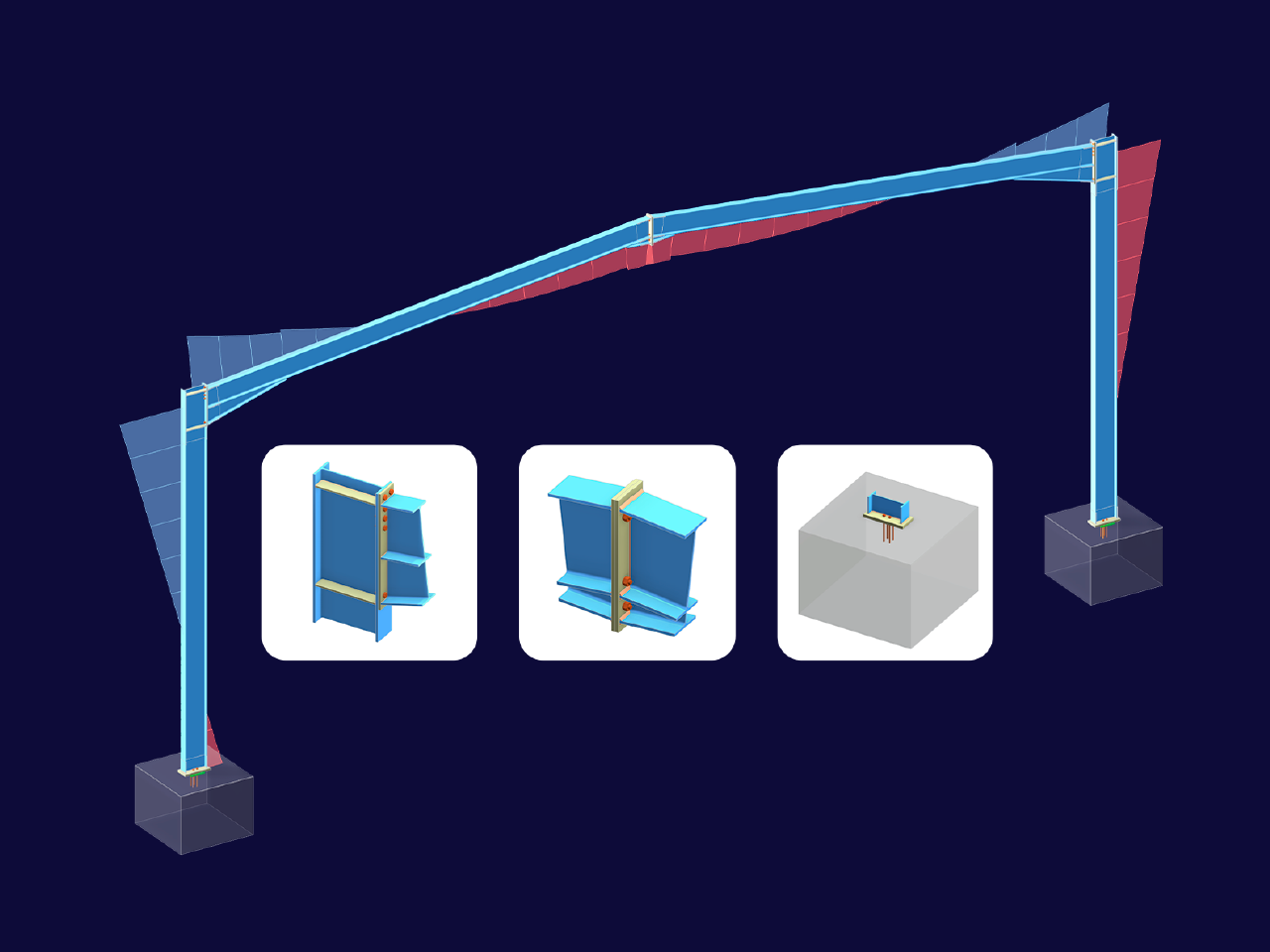
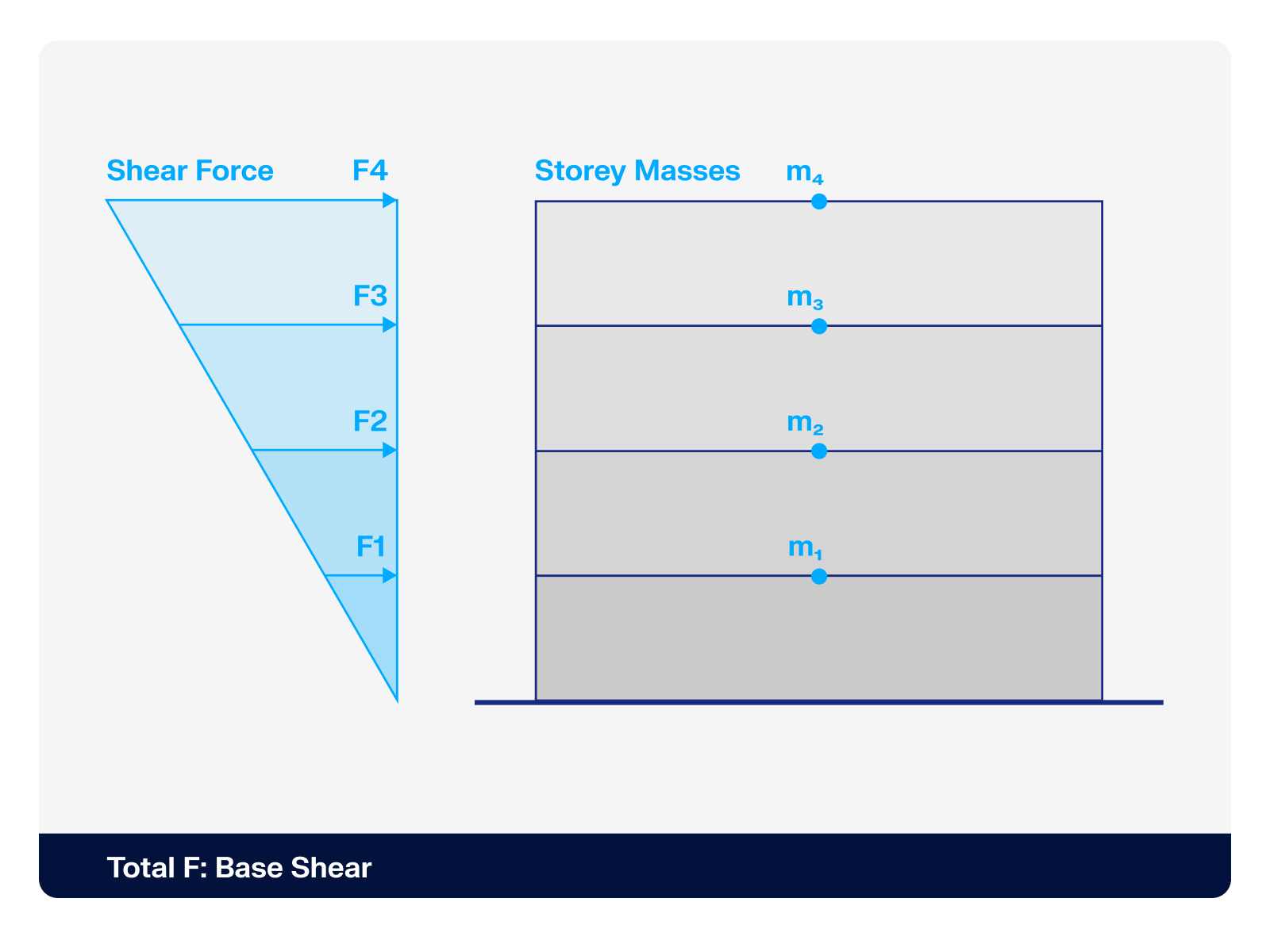.png?mw=512&hash=4a84cbc5b1eacf1afb4217e8e43c5cb50ed8d827)
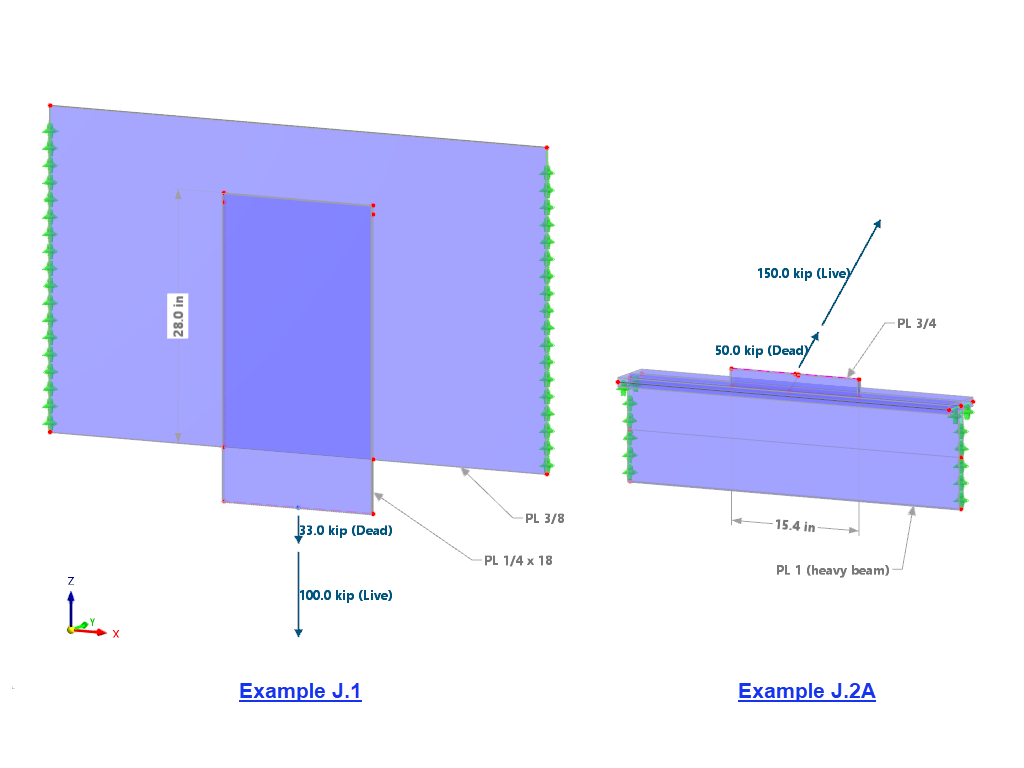
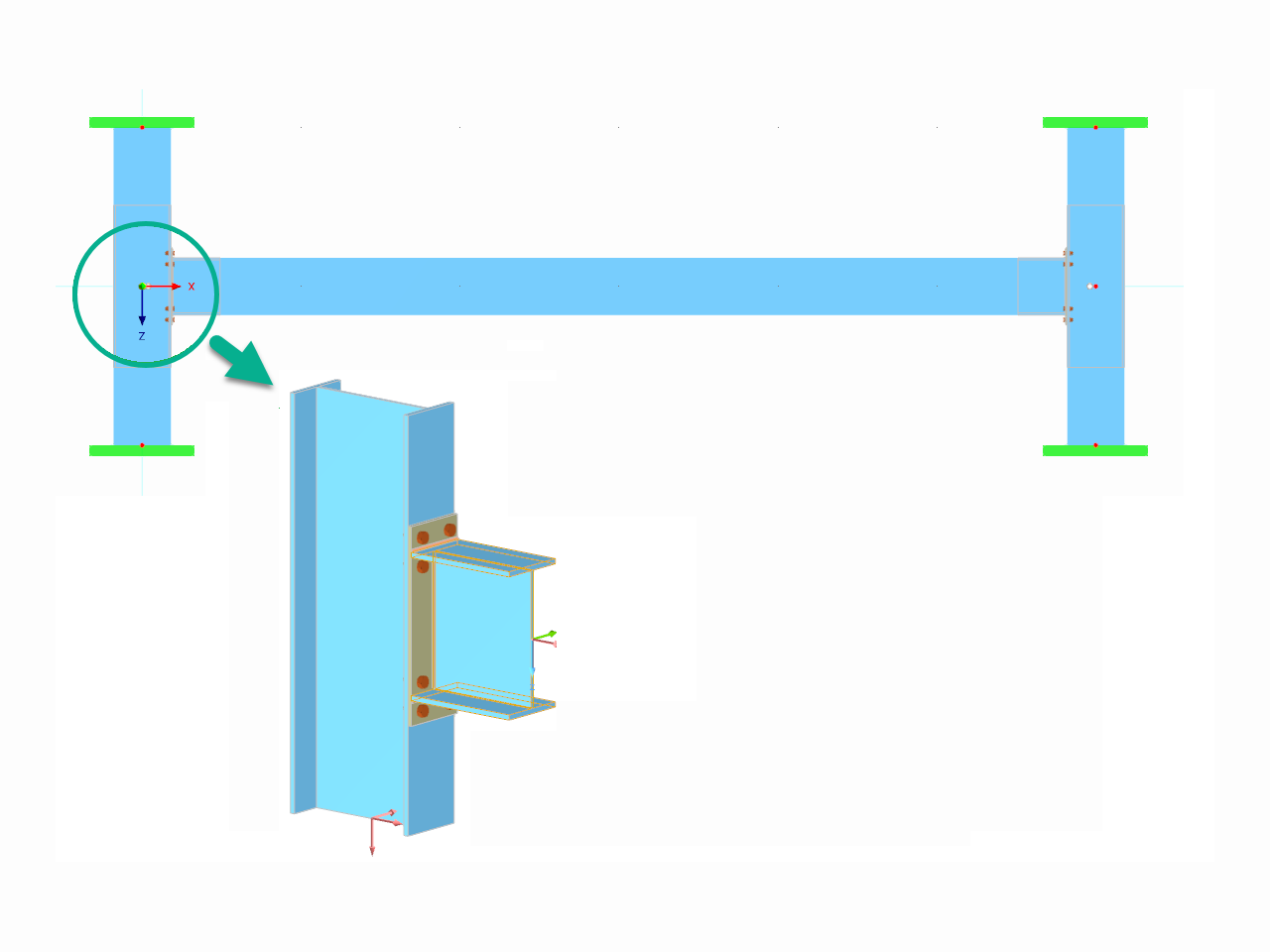









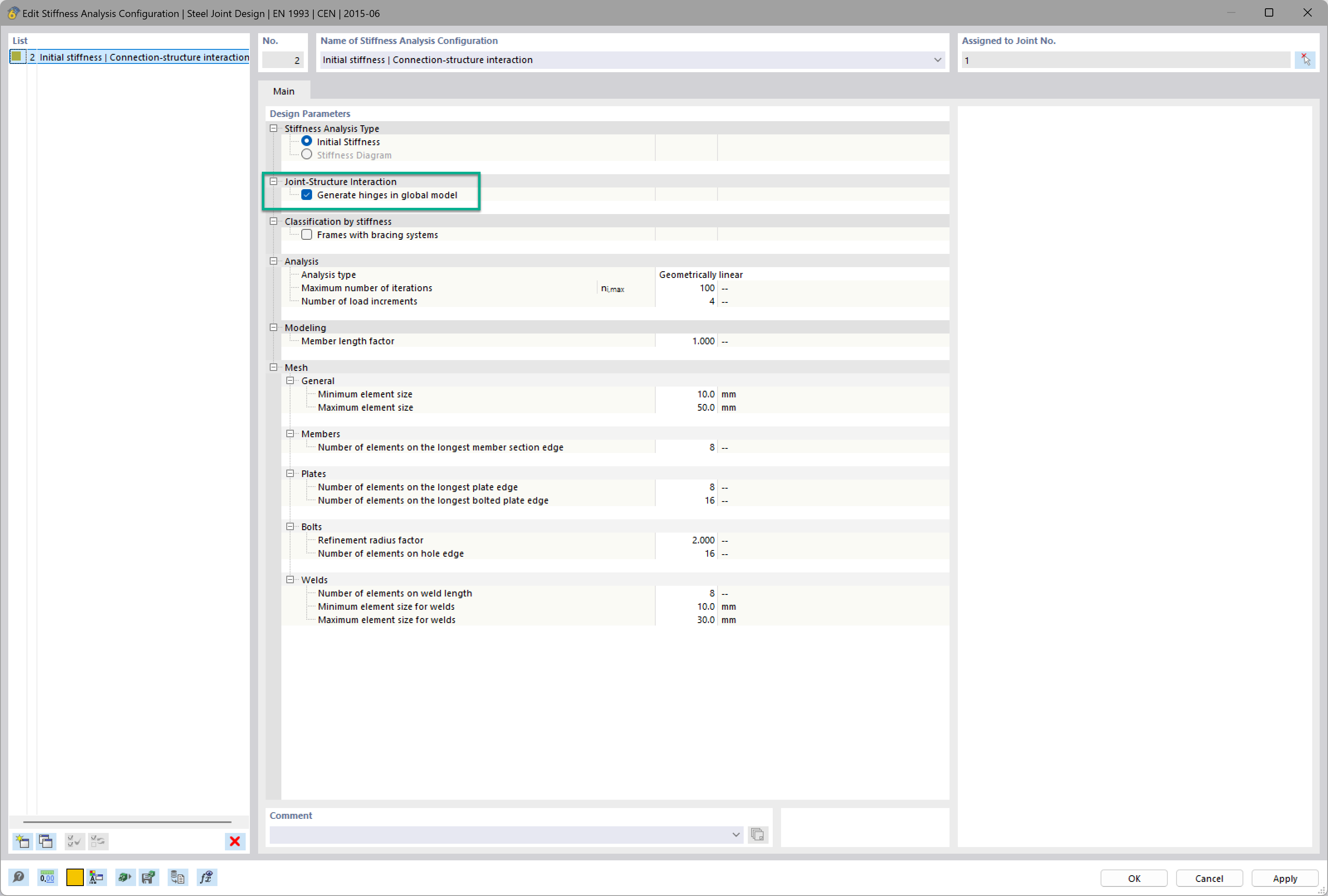
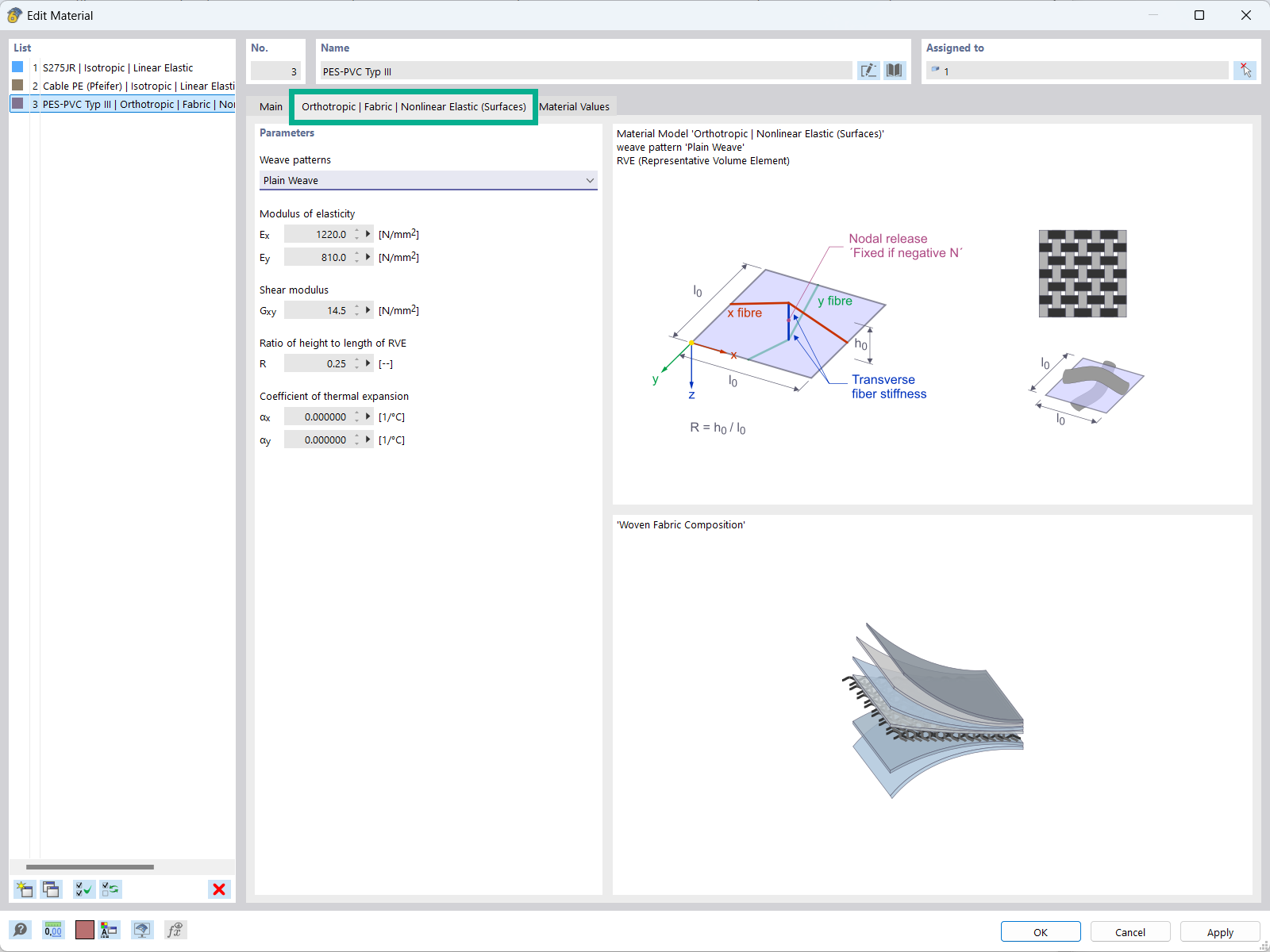
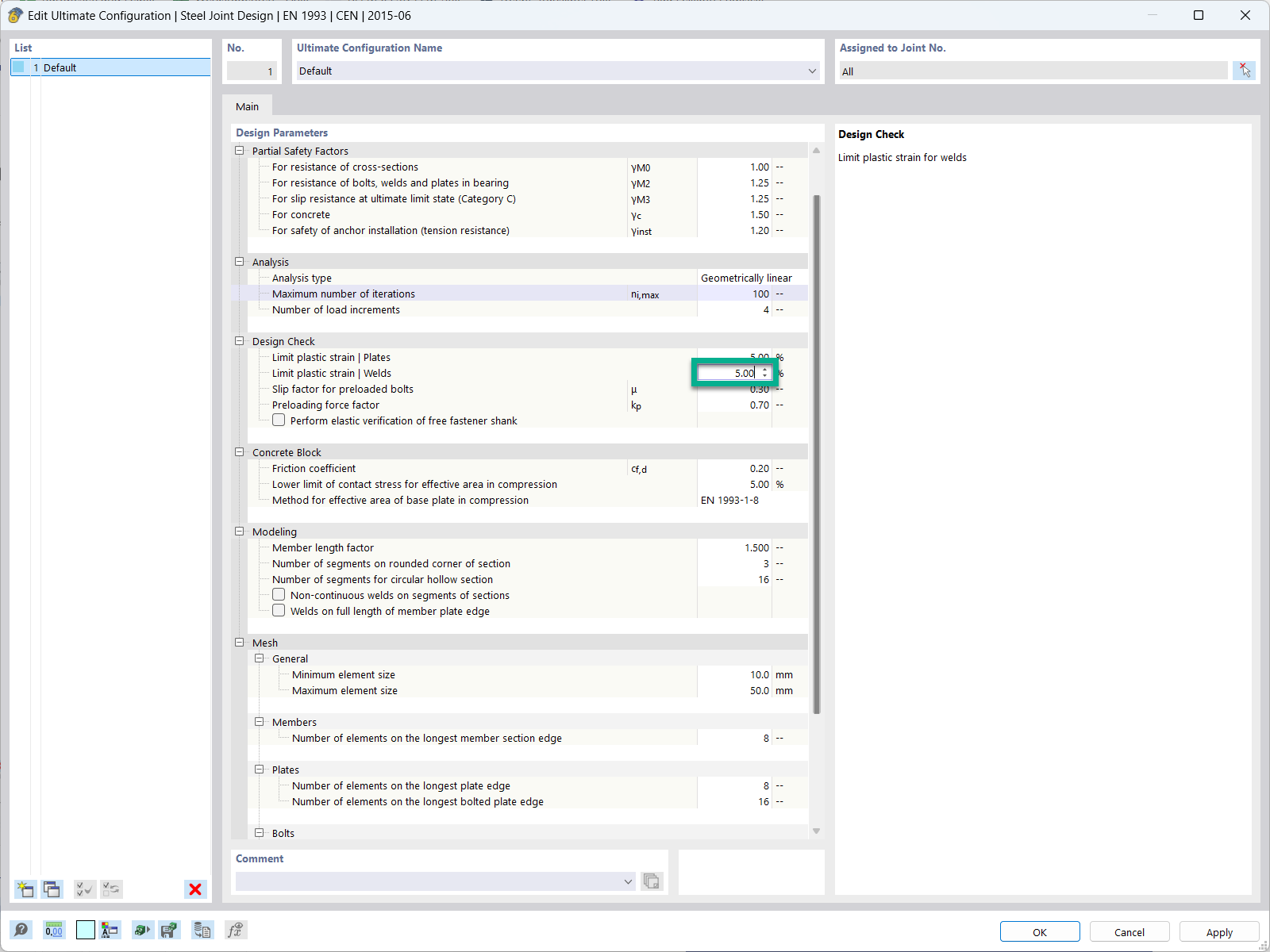
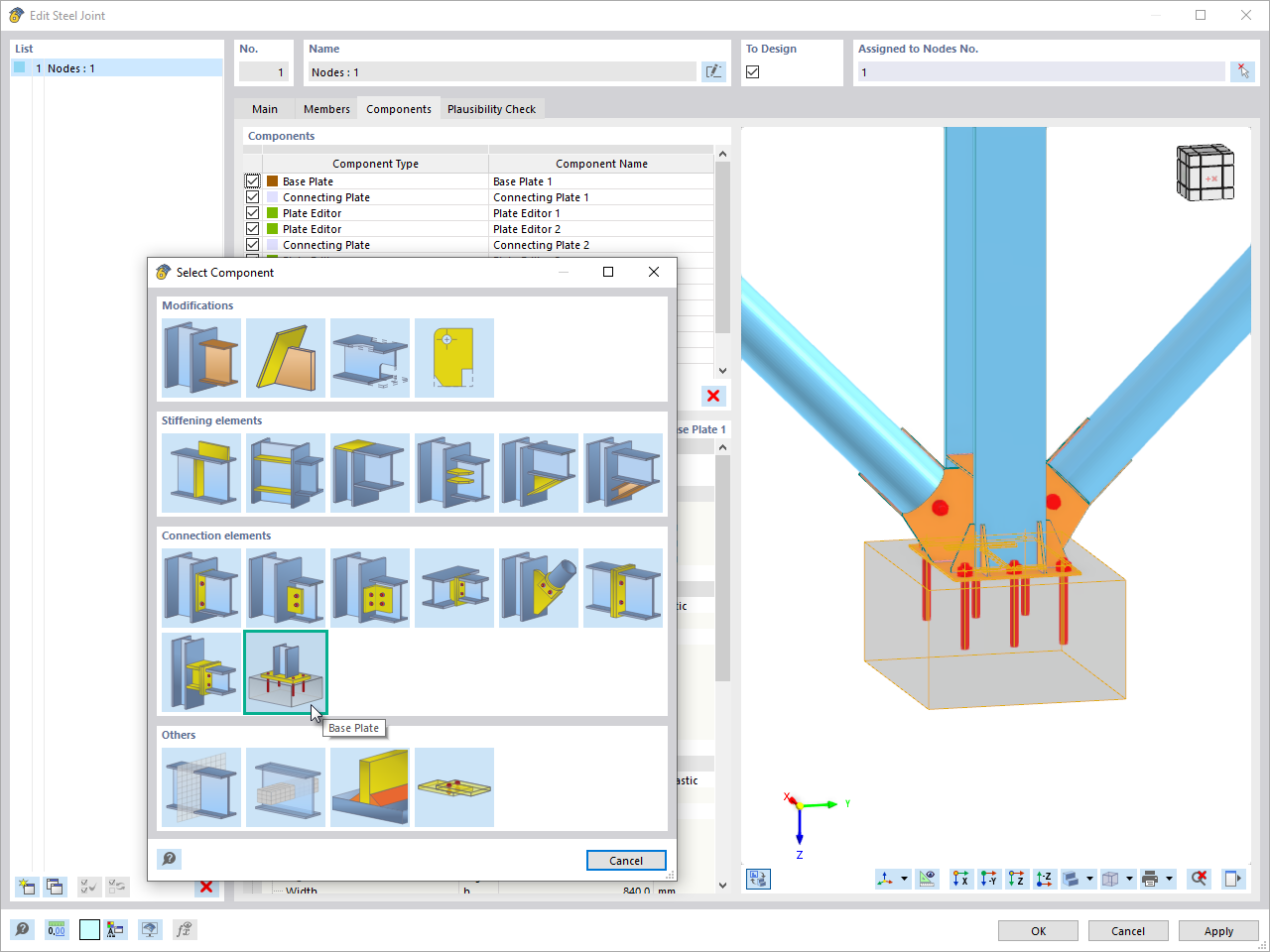




_1.jpg?mw=350&hash=ab2086621f4e50c8c8fb8f3c211a22bc246e0552)



